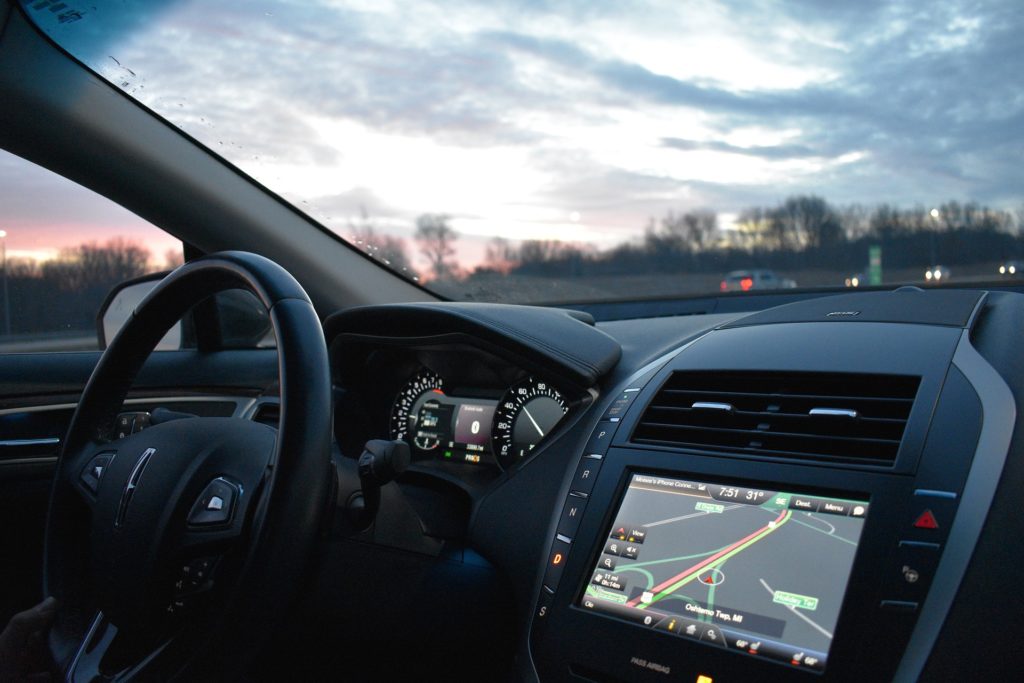Air pollution is a major concern affecting people’s health and well-being worldwide. With the rise of industrialization and urbanization, pollution levels have continued to increase, leading to a range of health issues such as respiratory problems, heart disease, and even premature death.
To tackle this issue, smart mobility is emerging as a key solution that can help reduce air pollution levels and create a more sustainable future.
What Is Smart Mobility?
Smart mobility refers to the use of technology and data-driven solutions to improve transportation systems, reduce congestion, and increase efficiency.
It involves the integration of various modes of transportation, such as public transit, ride-sharing, biking, and walking, and the use of real-time data and analytics to optimize routes and reduce emissions. Smart mobility solutions can also help increase accessibility and reduce the overall cost of transportation.

How Can Smart Mobility Reduce Air Pollution?
Smart mobility has the potential to significantly reduce air pollution levels by decreasing the number of vehicles on the road, optimizing traffic flow, and reducing emissions from transportation. Here are some ways in which smart mobility can help reduce air pollution:
1. Promoting Public Transit
By promoting the use of public transit, smart mobility can significantly reduce air pollution levels. This can be achieved by integrating real-time data and analytics to optimize public transit routes and schedules, making them more efficient and reliable.
Additionally, smart mobility solutions can provide information on transit, fares, and even seat availability, making it easier for commuters to plan their trips and reduce the need for individual vehicles.
2. Encouraging Ride-sharing
By promoting ride-sharing services, such as Uber or Lyft, smart mobility solutions can help reduce congestion and emissions from transportation.
Smart mobility solutions can also encourage carpooling by connecting people who are traveling in the same direction, making it easier for them to share a ride and reducing the number of cars on the road.
3. Promoting Active Transportation
Active transportation, such as biking and walking, is not only good for the environment but also for our health.
Smart mobility solutions can provide information on safe biking and walking routes, and bike-sharing options, and even provide incentives for active transportation, such as discounts on bike rentals or bike-sharing services.
4. Optimizing Traffic Flow
Smart mobility solutions can also help optimize traffic flow by using real-time data and analytics to identify congestion points and redirect traffic to less congested routes. This can reduce the amount of time vehicles spend idling in traffic, which can significantly reduce emissions from transportation.
5. Promoting Electric Vehicles
Electric vehicles (EVs) produce fewer emissions than traditional gasoline-powered vehicles, making them a key solution to reducing air pollution levels.
Smart mobility solutions can encourage the use of EVs by providing information on EV charging stations, promoting EV car-sharing services, and even offering incentives for purchasing an EV.
Final Thoughts
Smart mobility solutions have the potential to significantly reduce air pollution levels by reducing the number of vehicles on the road, optimizing traffic flow, and promoting sustainable modes of transportation.
By integrating real-time data and analytics, smart mobility solutions can create more efficient and reliable transportation systems. It is time for cities and transportation systems to embrace smart mobility solutions and work towards a more sustainable future.
Using real-time air quality data to take a cleaner route Apps like AirCare can offer you an overview of the current air quality situation in your city, and by tapping into the rich data potential, your smart car can suggest cleaner routes to take to minimize the occupants’ exposure to airborne particles.





